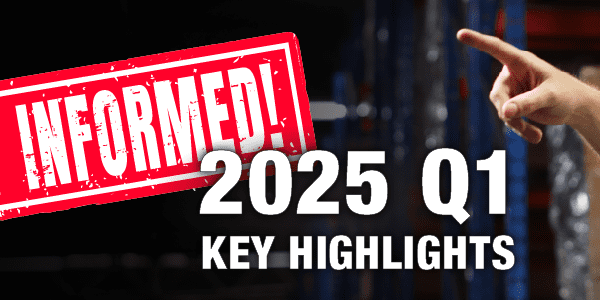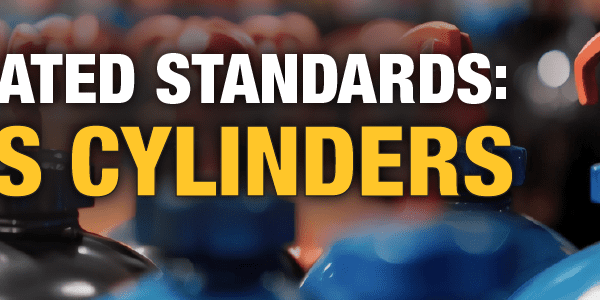One of the confusing aspects of transporting dangerous goods is the web of different regulations that can affect a shipment. In order to comply fully with a requirement, you must know what regulation imposes that requirement, and carefully study what it says.
For example, an Ontario truck driver was recently inspected while carrying flammable liquids. He was told by the inspector that he should have “No Smoking” signs in his truck.
Now, you might assume that this was related to the flammable liquids on the vehicle. Some regulations on the transportation of dangerous goods do address smoking as a safety issue. For example, the U.S. “Hazardous Materials Regulations” (HMR) of Title 49 of the Code of Federal Regulations (49 CFR) says in section 177.834:
“Smoking on or about any motor vehicle while loading or unloading any Class 1 (explosive), Class 3 (flammable liquid), Class 4 (flammable solid), Class 5 (oxidizing), or Division 2.1 (flammable gas) materials is forbidden…. Extreme care shall be taken in the loading or unloading of any Class 1 (explosive), Class 3 (flammable liquid), Class 4 (flammable solid), Class 5 (oxidizing), or Division 2.1 (flammable gas) materials into or from any motor vehicle to keep fire away and to prevent persons in the vicinity from smoking, lighting matches, or carrying any flame or lighted cigar, pipe, or cigarette.”
However, many people reading through Canada’s “Transportation of Dangerous Goods Regulations” are surprised to discover that there is no specific ban on smoking near flammable or explosive material (other than the good sense of the workers). In fact, it turns out that the requirement for the “No Smoking” sign on the truck had nothing to do with the dangerous goods on board. Instead, it is a requirement of the provincial Smoke-Free Ontario Act (SFOA) of 2006. This makes it a workplace safety issue rather than one aimed at transportation.
The SFOA was created by the Ontario Ministry of Health, and requires provincially-regulated enclosed workplaces to prohibit smoking at all times. While this obviously applies to offices and production facilities, vehicles driven by commercial operators are also “enclosed workplaces,” and must comply with this regulation. An enclosed workplace is defined as “the inside of a building, structure or vehicle that an employee works in or frequents during the course of their employment whether or not they are acting in the course of the employment at the time.”
Note that the Ministry does not exempt company vehicles just because they don’t have a company logo on them. If the driver or occupants are working at that point, the vehicle becomes a workplace.
According to the SFOA, “No Smoking” signs must be posted in all work vehicles where the signs are visible to employees of the company using the vehicle. This could be, for example, on the window of the cab, or on the dashboard. It is also illegal to use the built-in ashtrays of the vehicle, or use another object, such as a soft drink can, as an ashtray inside the vehicle.
The sign must:
- be 10 centimetres in height and 10 centimetres in width (that’s approximately four inches per side);
- have a white background and have a graphic of the international no smoking symbol; and
- have the Trillium and Smoke-Free Ontario logos shown on the representation of the sign.
Both the driver and the employer can be found liable under this regulation. Fines for drivers who smoke in their vehicle can range from $250 to $5000. Employers are required to ensure that the no-smoking rules are followed. If not, the employer can be fined from $300 to $300,000.
Fortunately, as a provincial Ontario regulation, the SFOA will only apply to provincially-regulated vehicles. Those operating under federal regulations (such as carriers who make transborder shipments) and multi-jurisdictional operators would not be obliged to comply, even when moving through Ontario.
Do you have any questions about special signage while transporting dangerous goods, or do you need to find signs and labels to comply with the regulations? Contact ICC Compliance Center here at 888-442-9628 (U.S.) or 888-977-4834 (Canada), and ask for one of our regulatory specialists.
Save






 ICC USA
ICC USA ICC Canada
ICC Canada